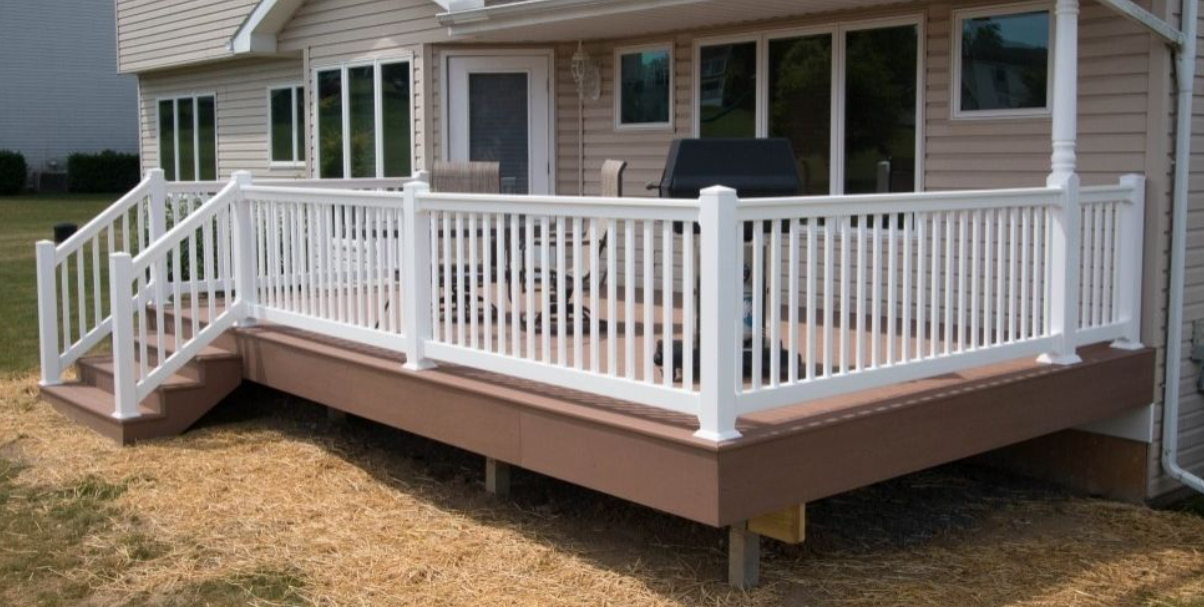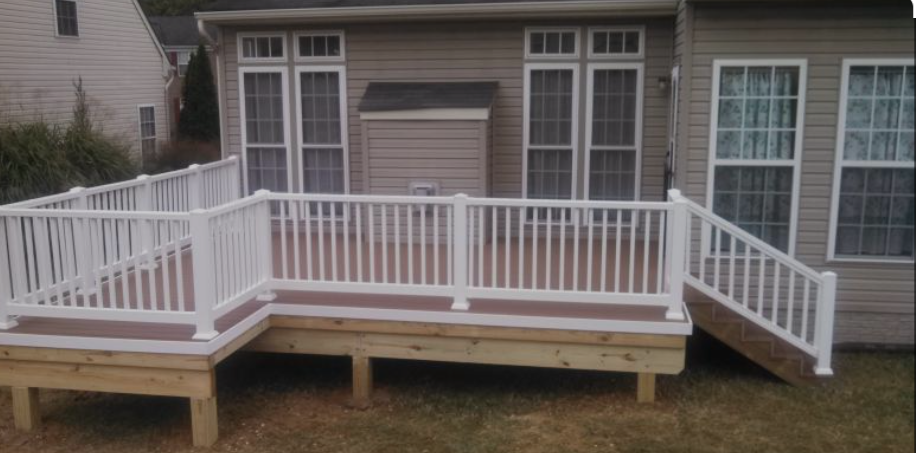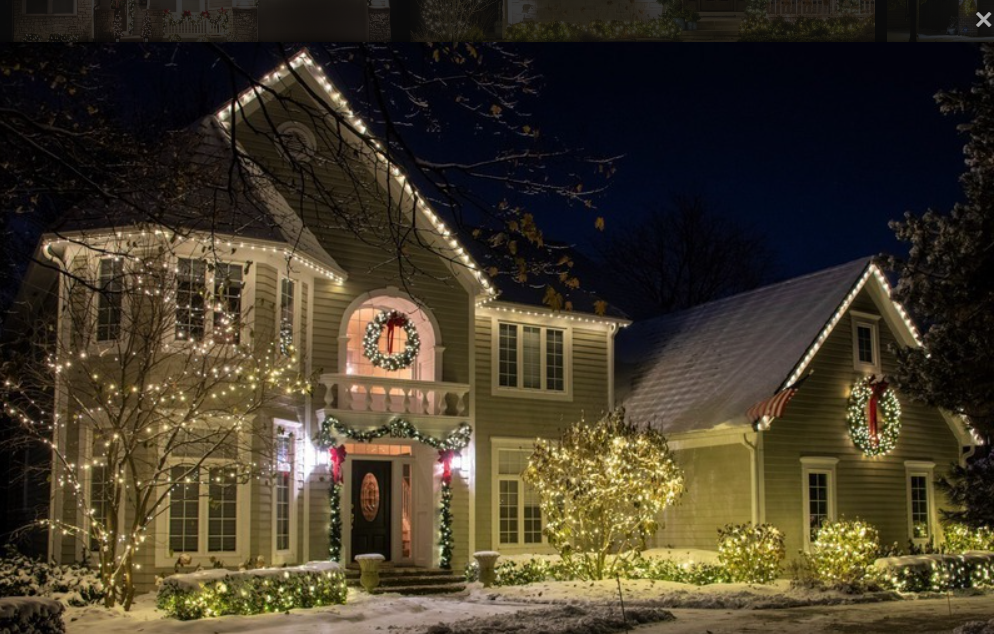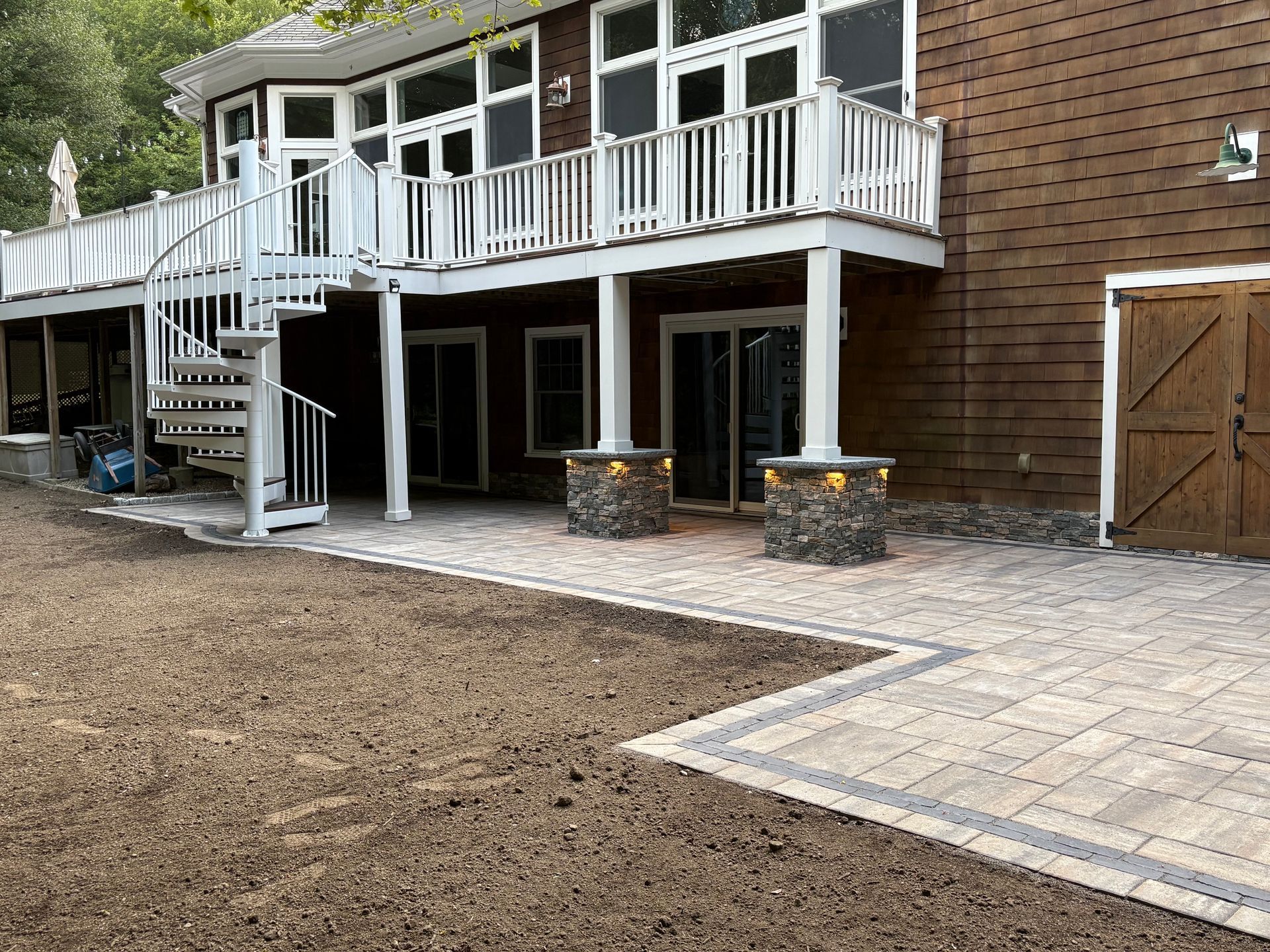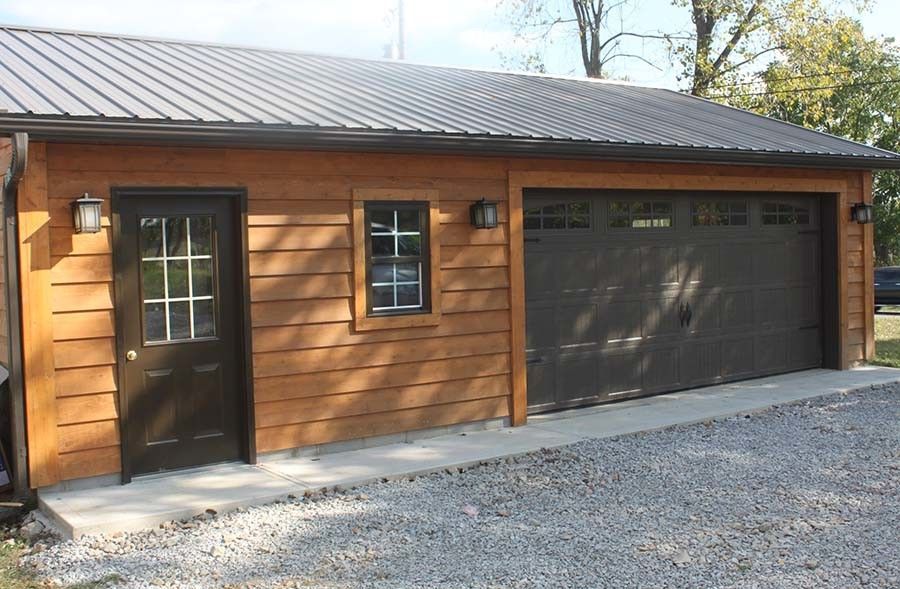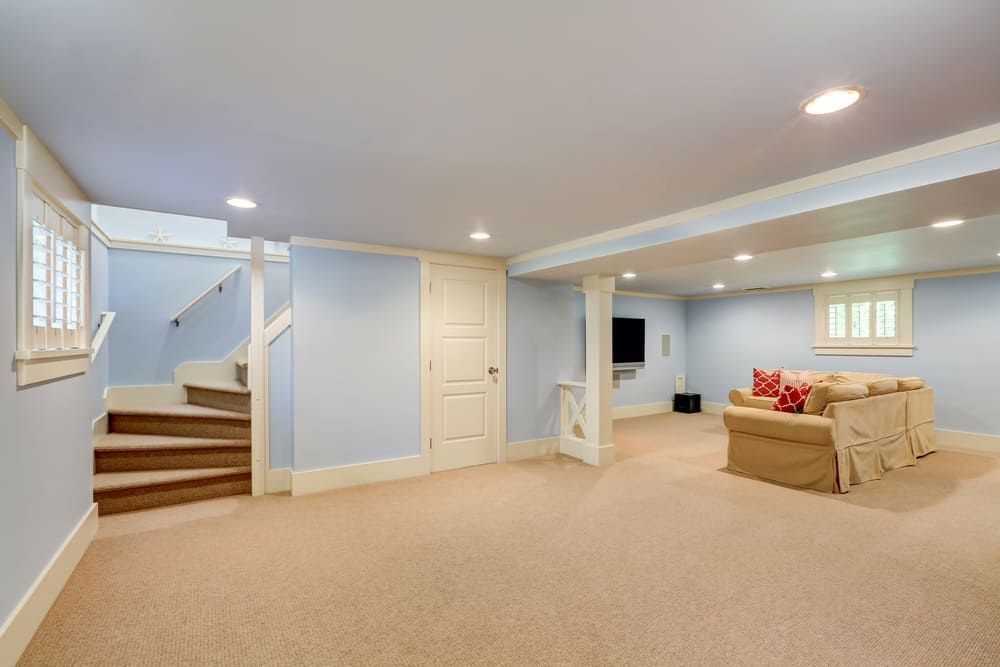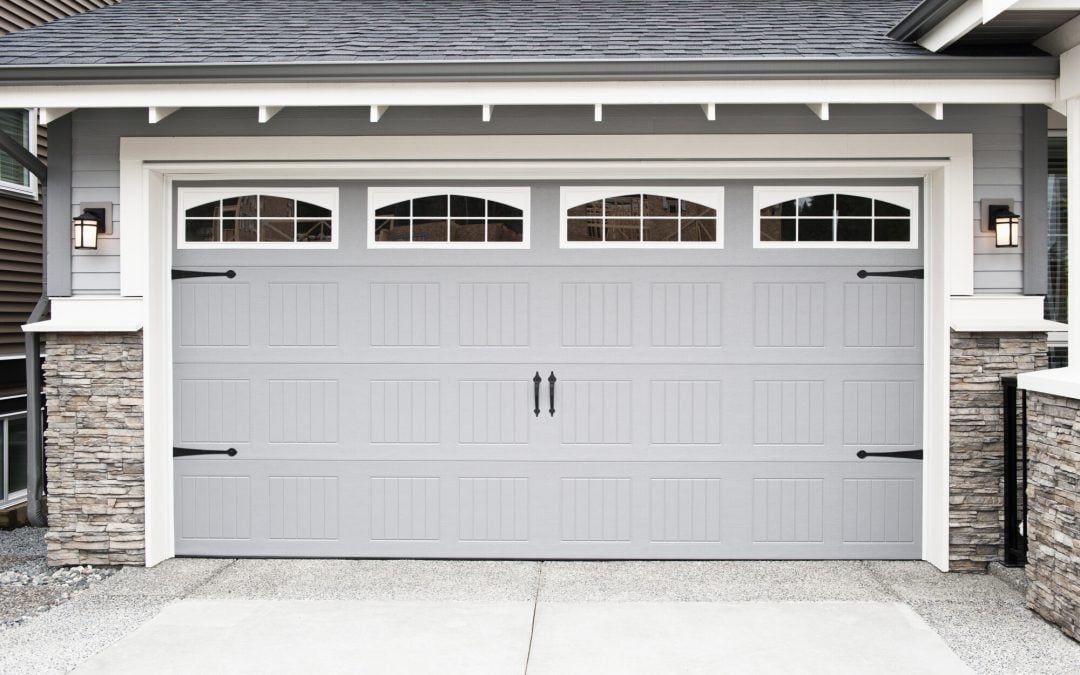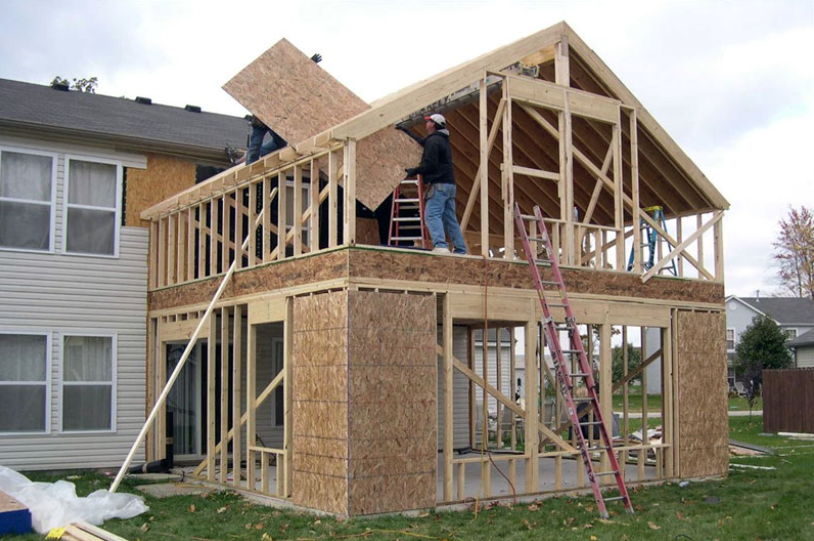Walkway safety for icy Rhode Island conditions
Rhode Island winters bring dangerous ice conditions that make walkways treacherous. The most effective walkway safety measures for icy Rhode Island conditions include proper ice melt application, non-slip surface treatments, adequate lighting, and strategic design modifications. With an average of 15-20 freeze-thaw cycles per winter, Rhode Island homeowners and businesses must prioritize walkway safety to prevent injuries and liability issues.
Why Rhode Island Walkways Are Particularly Dangerous in Winter
Rhode Island's unique coastal climate creates perfect conditions for hazardous ice formation:
- Frequent freeze-thaw cycles from ocean temperature moderation
- Black ice formation from coastal humidity and rapid temperature drops
- Salt air corrosion weakening walkway surfaces over time
- Nor'easter storms bringing heavy ice accumulation
- Urban heat island effects in Providence causing uneven melting
- Clay soil expansion causing walkway heaving and uneven surfaces
These conditions make Rhode Island walkways 3 times more likely to develop dangerous ice patches compared to inland areas.
Immediate Ice Safety Solutions for Rhode Island Walkways
Quick Response Actions (Within 24 Hours)
- Apply ice melt immediately after ice formation
- Install temporary traction strips on smooth surfaces
- Set up warning signs for hazardous areas
- Provide handrails along sloped walkways
- Improve lighting to make ice visible
- Create alternate routes around dangerous areas
Emergency Ice Removal Techniques
Safe Ice Removal Methods:
- Use calcium chloride for temperatures down to -25°F
- Apply magnesium chloride for concrete-safe melting
- Sand application for immediate traction
- Mechanical removal with plastic scrapers only
- Hot water treatment for localized areas
Never Use on Rhode Island Walkways:
- Rock salt on decorative concrete
- Metal shovels on finished surfaces
- Hot water on frozen pipes underneath
- Chemical de-icers near vegetation
Rhode Island-Specific Ice Prevention Strategies
Coastal Area Solutions (Newport, Narragansett, Westerly)
Challenges: Salt air corrosion, wind-driven ice, freeze-spray cycles
Solutions:
- Marine-grade sealers on concrete walkways
- Heated walkway systems for high-traffic areas
- Wind barriers to reduce ice formation
- Drainage improvements to prevent standing water
Providence Metro Area (Providence, Cranston, Warwick)
Challenges: Urban heat islands, heavy foot traffic, older infrastructure
Solutions:
- Radiant heating for commercial walkways
- Anti-icing treatments applied preventively
- Improved drainage around building foundations
- Professional ice management contracts
Suburban Communities (Smithfield, Lincoln, Cumberland)
Challenges: Long driveways, limited street lighting, rural ice accumulation
Solutions:
- Solar-powered lighting for remote walkways
- Permeable pavers for natural drainage
- Heated mats for entryways
- Ice detection systems with automatic treatments
Complete Rhode Island Walkway Ice Safety Checklist
Before Winter Season (October - November)
- Inspect walkway surfaces for cracks and damage
- Clean gutters and downspouts to prevent ice dams
- Install handrails where needed for winter support
- Upgrade lighting to illuminate potential ice areas
- Stock ice melt supplies (100+ lbs for average home)
- Service snow removal equipment
- Schedule walkway sealing if needed
- Install heated mats at main entrances
- Check drainage systems and clear blockages
- Trim overhanging branches that could drop ice
During Winter Months (December - March)
- Apply ice melt before storms when possible
- Clear walkways within 24 hours of snowfall
- Check lighting functionality weekly
- Inspect handrails for secure mounting
- Monitor weather forecasts for ice conditions
- Maintain ice melt supply throughout season
- Document icy conditions for liability protection
- Test heating systems monthly
- Clear drain areas of ice buildup
- Assess walkway damage from freeze-thaw cycles
Post-Winter Assessment (April - May)
- Evaluate winter damage to walkway surfaces
- Plan repairs for spring implementation
- Clean residual salt from surfaces
- Inspect handrails for corrosion damage
- Service heating systems for next season
- Replenish ice melt supplies at off-season prices
- Schedule professional assessment if needed
- Update safety procedures based on winter experience
Best Ice Melt Products for Rhode Island Conditions
Temperature-Based Selection
Above 15°F:
- Rock salt (sodium chloride) - Most economical
- Safe for most concrete over 2 years old
- Avoid near vegetation and metal fixtures
15°F to -5°F:
- Calcium chloride - Works faster than rock salt
- Generates heat when dissolving
- Safe for newer concrete when used properly
Below -5°F:
- Magnesium chloride - Gentlest on surfaces
- Works to -13°F effectively
- Best for decorative concrete and landscaping
Rhode Island-Recommended Products
For Residential Walkways:
- Safe Step Sure Paws (pet-safe)
- Morton Safe-T-Salt (budget-friendly)
- Green Gobbler Pet Safe Ice Melt (eco-friendly)
For Commercial Properties:
- Peladow Calcium Chloride (industrial strength)
- Ice Slicer Nature's Blend (all-natural)
- Safe Step Mag Professional (low-corrosion)
Professional Walkway Safety Upgrades for Rhode Island
Heating Systems
Radiant In-Floor Heating:
- Cost: $15-25 per square foot installed
- Best for: New construction or major renovations
- Energy cost: $0.50-1.50 per day for 100 sq ft
- ROI: Prevents injury liability and reduces maintenance
Heated Mats and Strips:
- Cost: $200-800 per mat
- Best for: Entryways and steps
- Installation: DIY-friendly options available
- Coverage: Typically 2'x5' to 4'x8' sizes
Surface Modifications
Anti-Slip Coatings:
- Epoxy with aggregate for permanent solutions
- Rubberized coatings for flexibility
- Textured sealers for decorative concrete
- Cost: $3-8 per square foot professionally applied
Traction Strips and Treads:
- Aluminum treads for steps and ramps
- Rubber strips for temporary seasonal use
- Grip tape for smooth surfaces
- Cost: $1-5 per linear foot
Rhode Island Weather Pattern Preparation
Nor'easter Preparation
24-48 Hours Before:
- Apply preventive ice melt treatments
- Secure outdoor furniture and decorations
- Test all lighting systems
- Stock emergency supplies
During Storm:
- Monitor accumulation every 2-3 hours
- Keep walkways partially clear when safe
- Document conditions for insurance
After Storm:
- Clear walkways within 24 hours (RI law)
- Apply additional ice melt as needed
- Inspect for damage from ice weight
January Thaw Cycles
Preparation for Rapid Melting:
- Clear drainage areas of snow/ice
- Check that gutters drain away from walkways
- Apply sand for traction during melting
- Monitor for refreezing conditions
Legal Requirements for Rhode Island Walkway Safety
Homeowner Responsibilities
Rhode Island Law requires:
- Clear walkways within 24 hours of snowfall ending
- Maintain safe passage for mail delivery and emergency access
- Reasonable care to prevent foreseeable injuries
- Proper lighting for walkways used after dark
Business Owner Requirements
Commercial Properties must:
- Clear walkways promptly (within 6 hours for many municipalities)
- Maintain adequate lighting for safety
- Post warnings for known hazardous conditions
- Document maintenance efforts for liability protection
- Provide safe alternative routes when primary walkways are dangerous
Liability Protection Strategies
- Document all maintenance activities with photos and timestamps
- Keep receipts for ice melt and safety equipment purchases
- Maintain adequate insurance coverage
- Follow municipal guidelines for snow/ice removal
- Install security cameras to document conditions and response times
Municipality-Specific Requirements
Providence
- 6-hour clearance rule for businesses
- Sidewalk ordinances for adjacent property owners
- Street lighting requirements for commercial areas
Warwick
- 24-hour residential clearance standard
- Business district enhanced requirements
- Airport area special ice prevention rules
Newport
- Historic district special material requirements
- Tourist area enhanced safety standards
- Coastal wind considerations for ice prevention
Cranston
- Standard 24-hour clearance requirements
- School zone enhanced safety protocols
- Industrial area commercial standards
Cost-Effective Safety Solutions by Budget
Under $100 Solutions
- Rock salt supply (10 bags): $40-60
- Traction sand (5 bags): $25-35
- Basic lighting improvements: $30-80
- Warning signs and markers: $15-30
- Ice scraper tools: $10-25
$100-500 Solutions
- Heated entrance mats: $200-400
- Handrail installation (10 feet): $150-350
- Anti-slip coating (small area): $100-300
- Solar walkway lights: $100-250
- Professional ice melt (season supply): $150-300
$500+ Professional Solutions
- Radiant heating systems: $1,500-5,000
- Complete walkway renovation: $2,000-8,000
- Professional lighting system: $800-2,500
- Drainage improvements: $1,000-4,000
- Automated ice detection/treatment: $2,000-6,000
DIY vs. Professional Ice Management
DIY Appropriate Tasks
Safe for Homeowners:
- Regular ice melt application
- Installation of temporary traction aids
- Basic lighting improvements
- Handrail installation (simple projects)
- Documentation and monitoring
Cost Savings: 60-80% compared to professional services
Professional Services Recommended
Complex Projects:
- Electrical work for heating systems
- Major drainage modifications
- Structural handrail installations
- Liability-critical commercial properties
- Insurance claim assessments
When to Call Professionals:
- Recurring ice problems despite DIY efforts
- Liability concerns for business properties
- Complex heating system installations
- Major walkway reconstruction needs
- ADA compliance requirements
Emergency Response Planning
Personal Injury Response
If Someone Falls on Your Property:
- Provide immediate assistance and call 911 if injured
- Document the scene with photos
- Notify insurance company within 24 hours
- Gather witness information if available
- Do not admit fault but show appropriate concern
- Contact attorney if serious injury occurs
Property Damage Response
Ice Damage to Walkways:
- Document with photos immediately
- Make temporary repairs for safety
- Contact insurance company for coverage questions
- Get professional assessment for major damage
- Keep all receipts for emergency repairs
Seasonal Maintenance Calendar
October
- Pre-winter walkway inspection
- Gutter cleaning and drainage check
- Ice melt supply purchase (best prices)
- Lighting system testing
- Handrail inspection and maintenance
November
- Final walkway repairs before winter
- Heating system testing and service
- Emergency supply stockpiling
- Snow removal equipment preparation
- Insurance policy review
December - February
- Daily weather monitoring
- Prompt ice/snow removal
- Weekly safety inspections
- Equipment maintenance
- Supply level monitoring
March
- End-of-season assessment
- Spring damage evaluation
- Equipment cleaning and storage
- Insurance claims filing if needed
- Next season planning
April - September
- Walkway repairs and improvements
- System upgrades and installations
- Professional consultations
- Budget planning for next winter
- Equipment replacement as needed
Advanced Safety Technologies for Rhode Island
Smart Ice Detection Systems
Automated Solutions:
- Weather monitoring with treatment triggers
- Temperature sensors in walkway surfaces
- Moisture detection for pre-treatment
- Remote monitoring via smartphone apps
- Cost: $1,000-3,000 per system
LED Safety Lighting
Energy-Efficient Options:
- Solar-powered pathway lighting
- Motion-activated security lighting
- Color-changing hazard indicators
- Smart controls for automated operation
- Cost: $50-200 per fixture
Ice Safety for Special Populations
Elderly Residents
Enhanced Safety Measures:
- Lower-profile walkway designs
- Extra handrails and support points
- Brighter lighting for vision assistance
- Emergency communication systems
- Regular check-in procedures during storms
Disability Accessibility
ADA Compliance:
- Heated ramp surfaces for wheelchair access
- Tactile indicators for vision impairment
- Maximum slope requirements (1:20 for walkways)
- Rest areas on longer walkways
- Professional consultation for compliance
Environmental Considerations for Rhode Island
Protecting Coastal Waters
Eco-Friendly Practices:
- Minimize chemical ice melt usage
- Use sand for traction when possible
- Choose biodegradable de-icing products
- Prevent runoff into storm drains
- Consider heated systems to reduce chemicals
Landscaping Protection
Protecting Plants and Grass:
- Create barriers between treated walkways and plants
- Use pet/plant-safe ice melts
- Apply treatments precisely to avoid over-application
- Choose calcium magnesium acetate for sensitive areas
- Plan spring restoration for salt-damaged areas
Keep your Rhode Island walkways safe all winter long. When you need professional walkway safety solutions, heating system installation, or comprehensive ice management planning,
Rockhouse Construction provides expert services tailored to Rhode Island's challenging winter conditions. From heated walkway systems to drainage improvements and safety upgrades, our experienced team ensures your property remains safe and compliant throughout the winter season.
Contact us today to discuss your walkway safety needs and protect your family, guests, and business from dangerous icy conditions.
